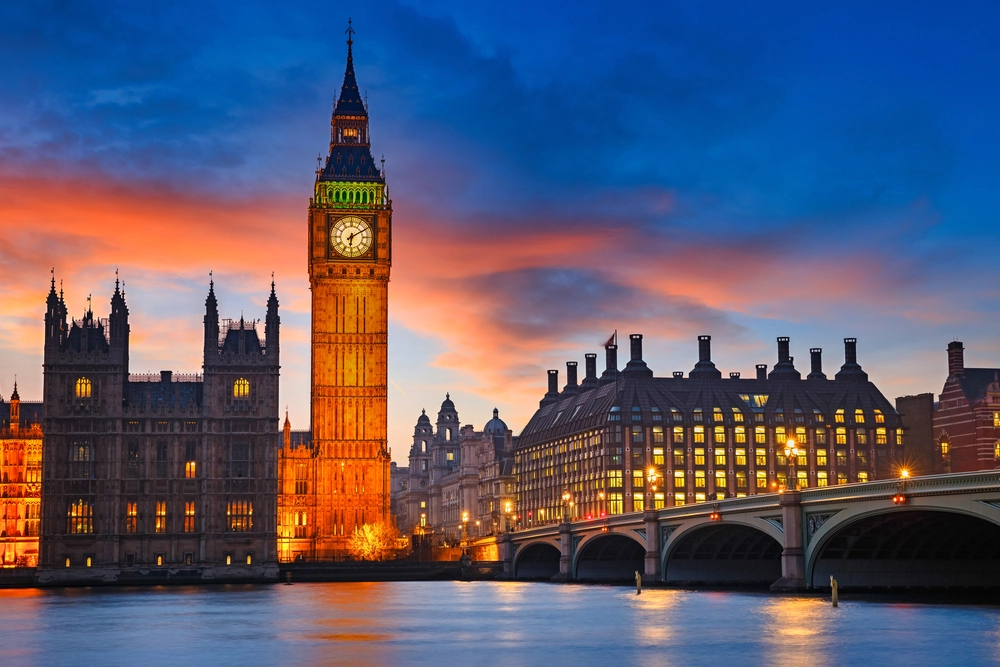
Martyn’s Law receives Royal Assent

By Nathan Peacey, Tamzin Robson, Shauna McGinn, Tom Bradley
4 Apr 2025 | 2 minute read
The much-awaited Terrorism (Protection of Premises) Bill 2024 ("Martyn's Law") received Royal Assent yesterday, just days after the bill passed through Parliament.
Pioneered by Figen Murray, whose son Martyn was killed in the Manchester Arena bombing in 2017, Martyn's Law has been nearly seven years in the making. It seeks to improve public safety at large events and premises open to the public by imposing a legal duty on parties responsible to implementing measures to reduce the threat of an attack.
With the current national terrorism threat level for the UK at "substantial", Martyn's Law recognises and enforces the important role organisations can undertake to mitigate the potential impact of any attack. Whilst there will likely be an implementation period of at least 24 months, businesses don’t need to wait for the law in order to start thinking about the level of threat that is posed to their organisation.
Who is impacted?
Venues such as: hotels, shops, bars, nightclubs, sports venues, hospitals, schools, colleges will all be impacted, with Martyn's Law categorising venues as either standard (those with a capacity between 200 and 799) ("Standard Tier") or enhanced (those with a capacity of 800 or more) ("Enhanced Tier").
Capacity is calculated by reference to whether there is a reasonable expectation that the relevant number of individuals may be present on the premises at the same time in connection with the use of the premises.
Responsibilities
Capacity: 200-799
People responsible for Standard Tier venues (“responsible person(s)”) will be required to:
- Notify the Security Industry Authority (SIA) about their premises.
- Have in place appropriate and reasonably practicable public protection procedures to be followed by staff in the event of a terrorist attack or threat occurring at or near the premises.
- Public protection procedures may include staff training, information sharing, providing lifesaving treatments, and developing lockdown protocols in case of an emergency (e.g., locking doors, closing shutters, and identifying evacuation routes).
- Determining what is considered reasonably practicable will require the responsible person assessing the nature of their premises and resources available to them.
- Having clear policies and procedures in place to ensure staff are prepared to respond to a terror attack. For example, being able to provide lifesaving treatment.
- Ensuring all members of staff are aware of procedures in place and can provide information to either lock down the premises or provide information on how to evacuate.
Venues falling within the scope of the Standard Tier are not required to put in place physical measures and can focus on simple, low-cost activities to improve staff awareness and responses.
Capacity: 800+
In addition to the Standard Tier requirements, the responsible person(s) for Enhanced Tier venues are also required to:
- Have measures in place to reduce both the vulnerability of the premises to a terror attack and the risk of harm to people, should an attack take place.
- This is a more stringent obligation on venues and could include monitoring the premises and the immediate vicinity through security or CCTV.
- Document clearly the public protection measures they have put in place (or proposed to be in place) and provide this document to the SIA.
- If the responsible person is not an individual, a designated senior person must be appointed with responsibility for ensuring compliance with the above requirement.
As opposed to the Standard Tier, the Enhanced Tier places stricter requirements on venues due to the potential impact of a terrorist attack.
Penalties for not complying with the above requirements include fines ranging from £5,000 to the greater of (i) £18,000,000; and (ii) 5% of global revenue for the most recent account period.
How can venues be prepared?
Organisations can begin preparing themselves by taking the following steps:
- Assessing the capacity of the facility in order to determine whether they will be subject to the obligations under the Standard Tier and/or Enhanced Tier.
- Undertaking a risk assessment to identify any potential terrorist or security threats specific to their venues and identifying who would be the responsible person(s).
- Developing and enforcing security protocols to identify and respond to terrorist threats. This can include delivering staff training and preparing emergency response procedures.
- Reviewing or implementing crowd control measures to ensure there are sufficient evacuation procedures and easily identifiable exits in the case of any emergency.
- Preparing clear communication processes for visitors about security protocols and reporting suspicious behaviour. Putting in place these procedures can ensure any concerns can be easily reported and promptly acted upon. This can include displaying clear security notice signs at the venue and appropriate measures for responding to reports.
- Revisiting the venue's first aid measures to ensure they comply with first aid regulations. Venues should also consider enhancing first aid to address any potential mass casualty scenarios.
Venues should ensure they regularly review their security measures and emergency plans to remain up to date with evolving threats and future developments in this area.
Please read more about our events and sports lawyers or contact one of our specialist Regulatory Team below if you have any questions on Martyn's Law and how we can support you.












